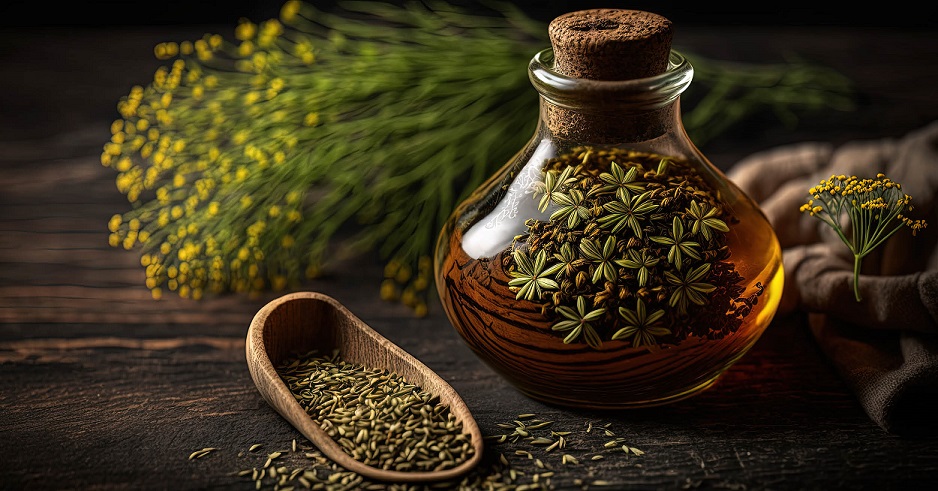With the demand for low-carbon energy increasing, refiners and energy companies across the globe continue to look to biofuels as a solution for future energy production. As these markets develop and the industry looks to make continued use of existing production infrastructure, one fuel that appears set for rapid growth over the next several years is renewable diesel.
“Renewable diesel is a drop-in replacement that is chemically identical to conventional diesel,” said Dr. Michael Stutelberg, an AURI scientist, chemistry who leads the organization’s Analytical and Bioproducts laboratories in Marshall, Minn.
While it’s made from the same feedstocks as biodiesel, Stutelberg notes that renewable diesel’s chemical properties allow the energy industry to use existing infrastructure (refineries, pipelines, etc.) for renewable diesel production and distribution, and can be utilized in any application that currently employs conventional diesel, making it an attractive option for an industry that is seeking new, lower-carbon fuel options.
These qualities are set to drive a boom in the industry. Analysts at Goldman Sachs project that production capacity for renewable diesel is expected to increase by 500% by 2025. In addition to renewable diesel, biodiesel production and emerging markets for sustainable aviation fuels will also play a role in shaping the market, driving increased demand for crops and oilseeds like soybeans, canola and sunflowers.
Oilseed Boom?
While increased demand may offer new economic opportunities for Minnesota farmers and energy producers, it is also leading to concerns of feedstock shortages which could have notable impacts on markets for food, fuel, animal feeds and bioproducts that utilize seed, meal and oil from these established oilseed crops.
In an effort to identify options for addressing these opportunities and challenges, AURI is currently undertaking several projects with the University of Minnesota, Central Lakes College and other industry partners. Together, they hope to identify and develop uses for new winter oilseed crops that would be grown and harvested in addition to current crop acres, potentially providing additional options to meet the increased demand for oilseed feedstocks.
As part of these efforts, AURI is examining market opportunities for two winter annual oilseeds: pennycress and winter camelina.
The goal of this work is to “provide Minnesota’s farmers with new options and opportunities to increase production from their land in a way that fits into current crop rotations,” according to Alexandra Diemer, Business Development Director of Novel Supply Chains at AURI. As winter annual crops, pennycress and winter camelina offer cash cover crops that may complement production of existing crops in relay cropping rotations, opening new opportunities for producers.
While biofuel production will play a key role in developing a supply chain for winter oilseeds, market opportunities aren’t limited to the energy industry. According to Diemers, biofuels are driving the market, but other interesting opportunities for new oilseed crops in non-biofuel markets also exist. Additionally, AURI and its partners are exploring uses for oilseed crops in food, animal nutrition and biobased products. If projections of increased biofuel production are realized, leading to further demand for soybeans, canola, sunflowers and other established crops, winter oilseeds may offer a new, additional option to supply chain stakeholders in multiple industries seeking a new source of oil or meal.
While the development of new market opportunities for Minnesota agriculture is a key driver for AURI’s work on pennycress and winter camelina, interest in these nascent crops is also being driven by other factors. Winter oilseeds offer the potential to create positive ecosystem services, providing continuous living cover for farmland that can reduce soil erosion, lower carbon emissions, reduce nutrient runoff, enhance soil health and protect water resources.
The potential ecological benefits of these crops, coupled with their market potential, has led to wider interest from industry and driven increased funding for research and collaboration.
AURI’s work on winter camelina is part of a wider project led by the Central Lakes College Ag & Energy Center in Staples, Minn. Funding for the project was provided by the Minnesota Environment and Natural Resources Trust Fund as recommended by the Legislative-Citizen Commission on Minnesota Resources (LCCMR).
Supply chain development efforts for pennycress, meanwhile, are being pursued as part of the Integrated Pennycress Research Enabling Farm and Energy Resilience (IPREFER) project led by Western Illinois University and funded by the United States Department of Agriculture National Institute of Food and Agriculture (USDA-NIFA). AURI is part of the project’s supply chain development team, working in direct collaboration with the University of Minnesota and other project partners as part of a 5-year effort to explore, assess and develop market opportunities for pennycress.
In addition to applied research, private industry partners are also part of efforts to develop market opportunities for winter oilseeds.
CoverCress, Inc. (CCI), is a St. Louis, Missouri based startup company that has converted field pennycress into CoverCress™, a new-to-market winter oilseed that creates a low-carbon source of fuel and feed. CCI is a key partner on the IPREFER project and is currently planning to make CoverCress seed more widely available to producers in 2024.
In Minnesota, MBOLD, a coalition of Minnesota-based food and agriculture business leaders and innovators, partnered with the University of Minnesota’s Forever Green Initiative to explore and develop market opportunities for winter camelina and is supporting efforts to pilot the crop’s production as part of a winter camelina-soybean relay-cropping system.
As these promising winter oilseed markets begin to emerge, AURI’s research and market development efforts will continue, seeking to ensure that the crops are connected to technically feasible, market-driven utilization opportunities. While the environmental benefits of pennycress and winter camelina look set to play a key role in the crop’s marketability, with government policies and consumer demand opening more markets for lower-carbon products, ongoing work characterizing and developing uses for the crops will be critical to developing resilient markets for winter oilseeds in Minnesota, the Upper Midwest and beyond.
